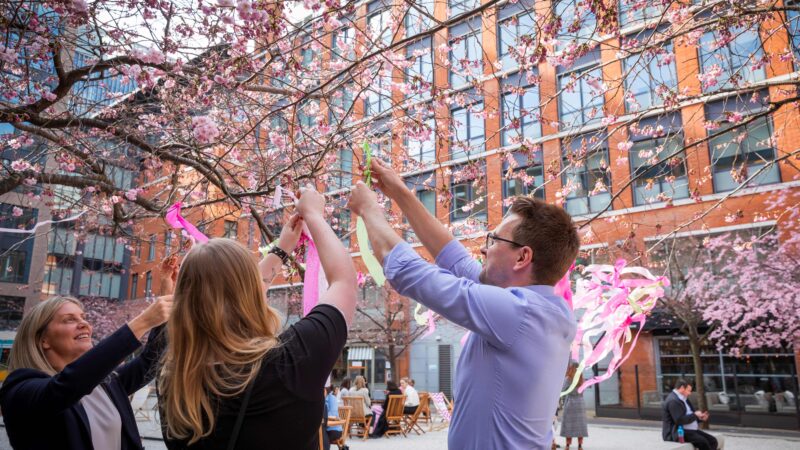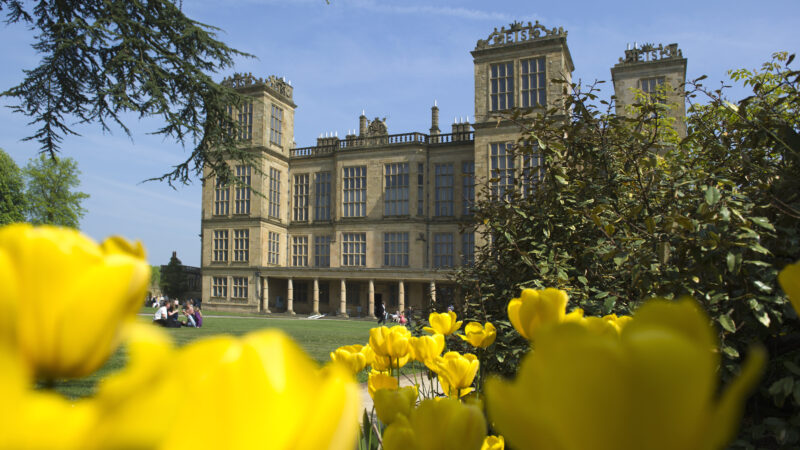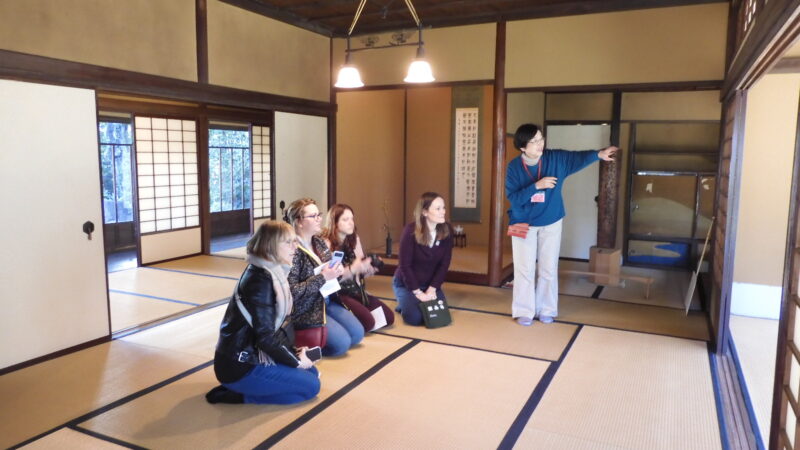
International Youth Day 2024
Highlighting youth voices
One of the major aims of our strategy at INTO is to amplify youth voices. By rejuvenating our network, governance and programming, we will increase intergenerational exchange, creating more opportunities, engagement and resilience.
As part of our work to deliver on this aim we are excited to welcome two new Youth Trustees to our board, Julian Menko and Fauzy Ismail.
For International Youth Day, we’re delighted to share an interview with Julian – thank you and we’re very much looking forward to working with you!

Julian Menko
What was your earliest experience of engaging with heritage?
While I recall engaging with cultural heritage from a young age, attending camps and visiting heritage sites in Cayman, my deeper engagement began in 2021 when I became involved with the dedicated team at the National Trust for the Cayman Islands while pursuing a personal project to document stories from residents of heritage homes on the island.
Expressing my interests led to volunteering to update the Trust’s heritage register and have the opportunity to speak on panels in conferences and webinars as a representative voice of Caymanian youth on issues of heritage preservation.

Through the National Trust for the Cayman Islands ‘Heritage Heroes’ classroom membership programme, students learn the importance of protecting the natural environment, history, and culture of the Cayman Islands through activities, discussions with heritage experts, and field trips.
What challenges do young people face in accessing or engaging with heritage activities?
Today’s young people face a range of challenges and anxieties with regard to the ever changing built and natural environment – a state of rapid change with repercussions on, for example, cost of living and future prospects, amongst many other fears. Young audiences may not view heritage as part of a wider system of addressing injustices, inequalities and issues of sustainability.
As such, some initiatives may not resonate with younger audiences who may struggle to make the connections and find relevance for heritage preservation efforts in the face of a range of ever-present challenges.
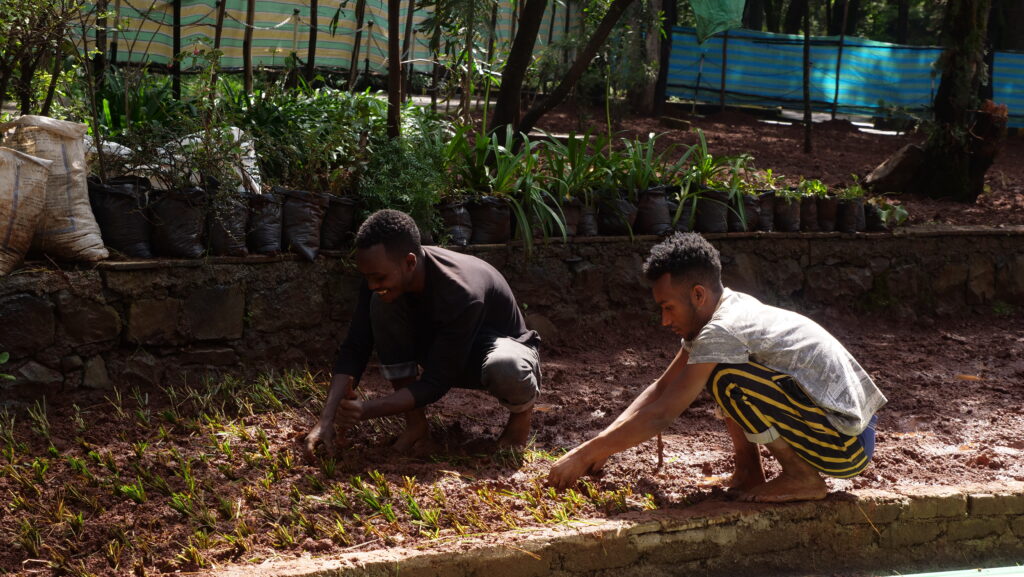
Two young gardeners restoring the Tsegedera Garden for Heritage Watch Ethiopia
How can heritage organisations and institutions better collaborate with young people?
I believe that a vital first step to better engage and collaborate with young people starts with our education systems and facilitating experiential education. Education strategies which ensure local history is taught in schools including local literature, visits to historic sites, and projects that support critical thinking, reflection and creativity regarding heritage, can help equip students with the knowledge and the interest to continue such efforts in the future.
These participatory methods such as opportunities for young people to be involved in experiential programmes, discussions, and spaces which facilitate intergenerational and multi-disciplinary dialogue, can extend outside of traditional education spaces as well.
Projects and competitions where young people are encouraged to collaborate and innovate and are provided with a platform to share ideas and see results implemented, are ways that heritage organisations can use their resources to better incorporate youth voices.
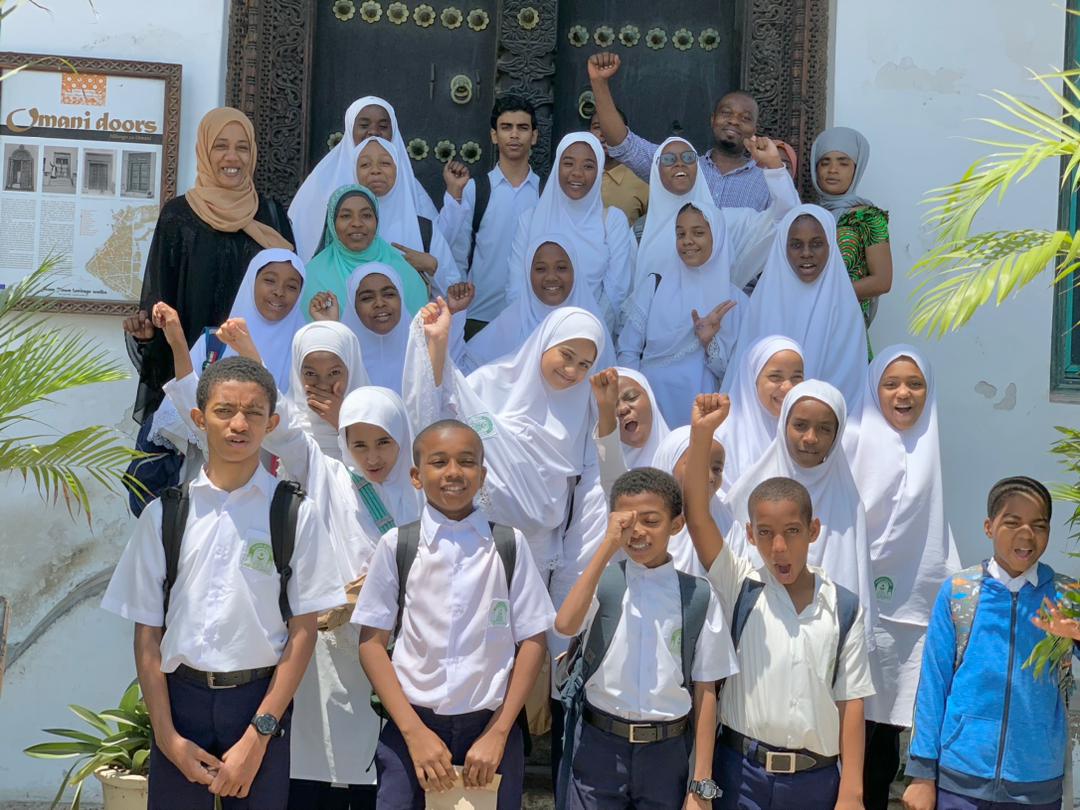
Zanzibar Stone Town Heritage Trust school visit
What role can technology and social media play in enhancing youth engagement with heritage?
With technological advancements and access to social media, methods of engaging youth with heritage are plentiful and increasing, but still requires intentional approaches. Social media can serve the role of bridging borders and creating spaces and opportunities for youth to be inspired by each other and create global networks of peers who face similar issues and share similar passions and concerns.
Involving young voices in storytelling, and being part of heritage narratives, can increase their sense of personal association with their local heritage and their role in engaging and preserving it.
As an example, many young people resort to different forms of art to articulate their concerns and experiences. Increased support for young artists also serves as an opportunity to engage the wider community through different methods of artistry and creates new mediums and approaches for heritage preservation.
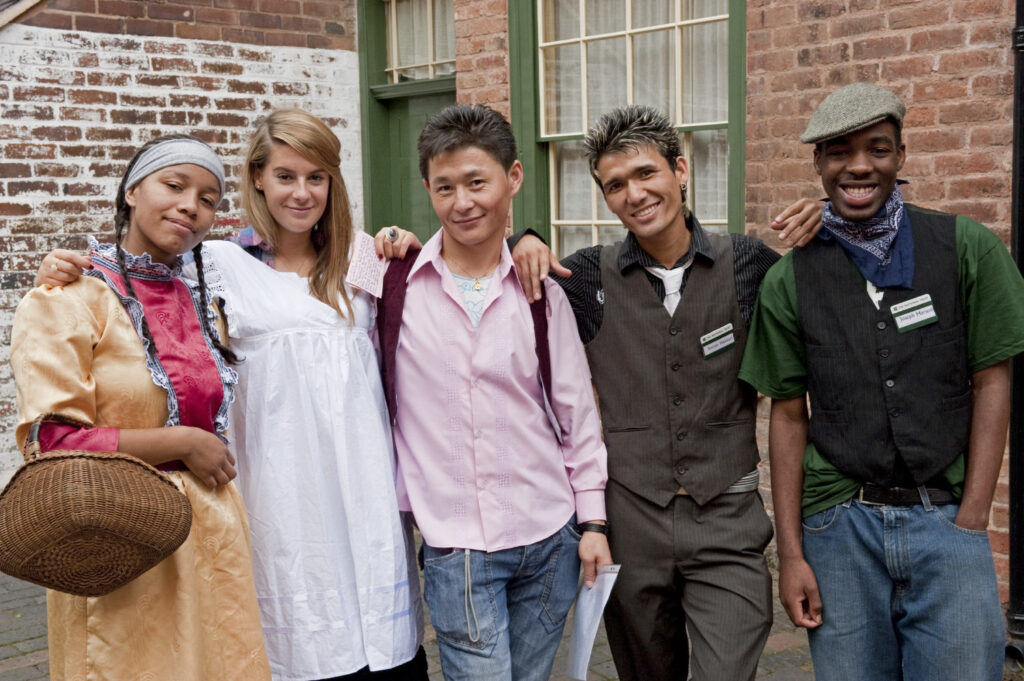
A summer school in partnership with the University of the First Age at the Birmingham Back to Backs. Young adults aged 16 to 20 have a go at tour guiding to learn more about the heritage industry.
How can heritage organisations ensure that the voices of youth are represented and valued in decision-making processes?
Integrating intentional diversity of voices, as well as seeking out and supporting intersectional approaches in learning about youth experiences and aspirations regarding heritage, I believe are crucial to better representing the voices of young people.
Creating spaces in which experiences are validated and valued, and youth are seen as equal players in discussions, serves to propel an increase in cultural confidence and can raise the voice of the marginalised.
I’d encourage heritage organisations to be open to explore new perspectives and approaches to projects – this would improve the sense of assurance of a commitment to incorporating and valuing youth voices as part of decision-making processes.
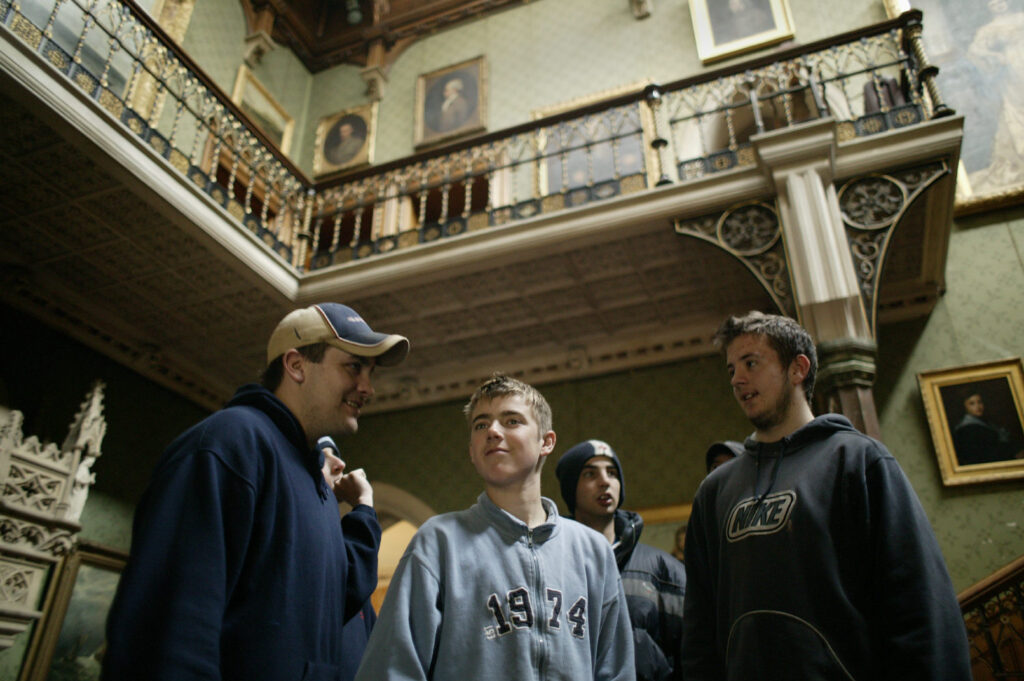
Volunteers from the Prince’s Trust visiting Tyntesfield, National Trust
What next?
Thank you Julian for sharing your views so generously.
We hear from many of our members, that a priority for them is to be relevant to and engage with young audiences. Let’s keep working together to share best practice, build confidence and, as Julian says, be open to explore new perspectives and approaches.

